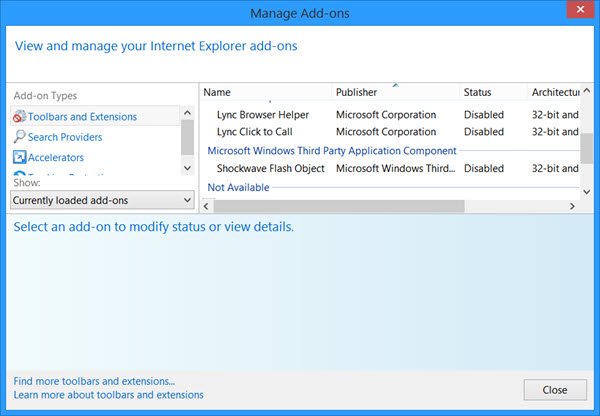

Here, select the "Toolbars and Extensions" option appearing on the left side. The above action will open the Manage Add-ons window.

To disable Flash in Internet Explorer, open the "Settings" menu by clicking on that little gear icon located in the upper right corner and selecting the "Manage Add-ons" option. Just restart the browser, and you are good to go. You've successfully disabled Flash Player in your Chrome browser. Here, scroll down and find the "Adobe Flash Player" plugin, and click on the "Disable" link. The above action will open the Chrome Plugins page. To start, enter the URL chrome://plugins in the address bar. However, if you want to disable Flash completely, Chrome provides a straightforward way to disable Adobe Flash. Its recent builds have disabled Flash by default, but you can activate it on demand. Google Chrome came shipped with its own version of Flash. You have successfully disabled Flash on your Firefox browser. Once the plugins page has been opened, scroll down and find the "Shockwave Flash" plugin, and select the "Never Activate" option from the drop-down menu. Since we want to disable the Adobe Flash Player plugin, select the "Plugins" option on the left sidebar. The above action will open the Firefox Add-ons page. To start, click on the Firefox menu icon and select the option "Add-ons." Disabling Flash in Firefox is easier than you think.


 0 kommentar(er)
0 kommentar(er)
